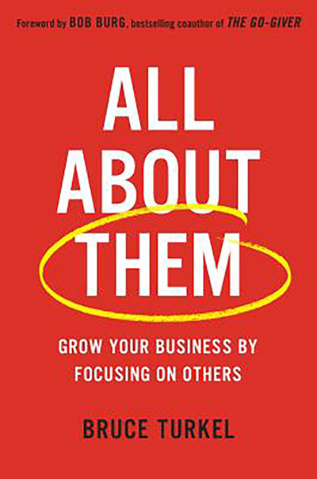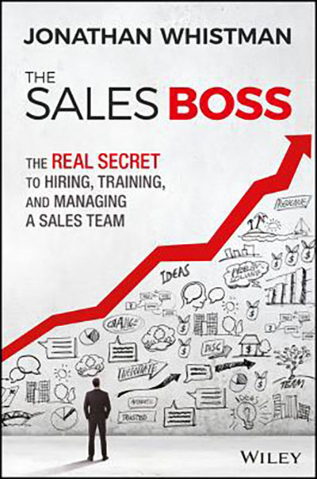

“All About Them – Grow Your Business by Focusing on Others” by Bruce Turkel (Da Capo Press, $24.99).
Turkel identifies the dynamics of today’s consumer succinctly: “When all products are similarly functional and acceptable, it’s the way the product makes you feel, not the way it works, that matters.” He speaks to the emotional part of the buying experience – people want to differentiate themselves.
Examples:
1.The Toyota Prius versus the Honda Civic Hybrid. The two cars have almost identical fuel economy stats and price, yet there are close to a million more Priuses on the road than Civic Hybrids. Why? The Prius has an unmistakable design while the Civic Hybrid looks like a Civic. A Prius makes a visual statement about its owner.
2. Uber versus taxi. It’s cool to call Uber; it’s passé to call a cab.
People also want to tell others about their experiences (especially the bad ones). The transparency of the digital world allows consumers to quickly spread their message to their contacts, and creates a domino effect as contacts share/retweet. Social media, like Facebook, LinkedIn, YouTube and Twitter provide 24/7/365 access. Without such access, the “United Airlines Broke My Guitar” YouTube video wouldn’t have nearly 16 million views – and United wouldn’t have altered its policy on damaged luggage.
How does the consumer’s fixation on being different affect a business? It changes the business’s mindset from “Why do you like or dislike our product?” to one that asks consumers: “Who are you,” “What are you passionate about,” or “What’s important to you?” Many of the answers to these questions can be found by tracking social media trends. The answers identify hot buttons that businesses must push to deliver “what’s next.” The mindset change also involves “being” the consumer. Executives seldom work through customer issues (i.e. navigating through the various customer-service menus only to be put on hold, transferred numerous times and having to provide the same information repeatedly.
The bottom line: Focusing on consumers ignites their passion for the brand/product.
“The Sales Boss – The Real Secret to Hiring, Training and Managing a Sales Team” by Jonathan Whistman (John Wiley &Sons, $30).
Having managed sales teams for over 20 years during my corporate career, I know that sales management isn’t like managing any other process in a business. In sales, no two days are alike. In order to respond quickly to the ‘you don’t know when they’re coming’ requests and concerns of customers and prospects, the salespeople and support staff are always “on.” They experience highs and lows and stop-that-do-this constantly.
Whistman stresses that the role of the sales boss requires a high emotional intelligence because the team’s attitude and mentality fluctuates based upon the day’s happenings. He sees the sales boss as “the thermostat, not the thermometer.” As a thermostat, the sales boss monitors the temperature of the staff and works to smooth out their emotional peaks and valleys. Given the number of times salespeople hear “no” before hearing “yes,” the valleys outnumber the peaks.
An emotionally intelligent sales boss connects with the emotions of those involved and transitions their focus from ‘what happened’ to ‘what was learned and what’s next.’ Learning drives the results of “what’s next.” By maintaining the even-keel perspective, the sales boss gains the trust and respect of the team.
To exercise emotional intelligence, the sales boss must be actively engaged. That doesn’t mean micromanaging. It does mean “involvement without control” by knowing who’s doing what. The sales boss readily seeks feedback, which helps gauge temperature and team rhythm.
Before reading the book, take the “Sales Boss Scorecard” (pp.243-253). Your answers will guide you to the chapters of most importance to you.
Jim Pawlak is a nationally syndicated reviewer of business books.







